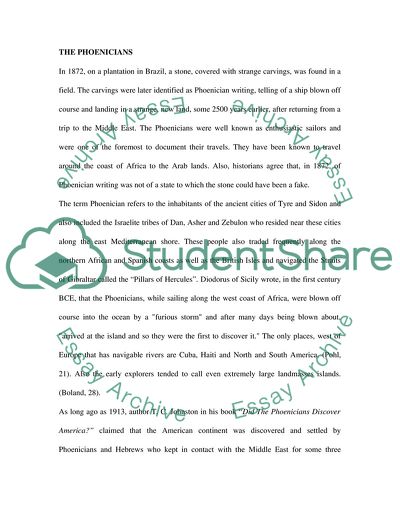Cite this document
(Ethnic Groups Claimed to Have Discovered the New World Term Paper - 1, n.d.)
Ethnic Groups Claimed to Have Discovered the New World Term Paper - 1. Retrieved from https://studentshare.org/culture/1702860-which-ethnic-groups-claimed-to-have-discovered-the-new-world
Ethnic Groups Claimed to Have Discovered the New World Term Paper - 1. Retrieved from https://studentshare.org/culture/1702860-which-ethnic-groups-claimed-to-have-discovered-the-new-world
(Ethnic Groups Claimed to Have Discovered the New World Term Paper - 1)
Ethnic Groups Claimed to Have Discovered the New World Term Paper - 1. https://studentshare.org/culture/1702860-which-ethnic-groups-claimed-to-have-discovered-the-new-world.
Ethnic Groups Claimed to Have Discovered the New World Term Paper - 1. https://studentshare.org/culture/1702860-which-ethnic-groups-claimed-to-have-discovered-the-new-world.
“Ethnic Groups Claimed to Have Discovered the New World Term Paper - 1”. https://studentshare.org/culture/1702860-which-ethnic-groups-claimed-to-have-discovered-the-new-world.


